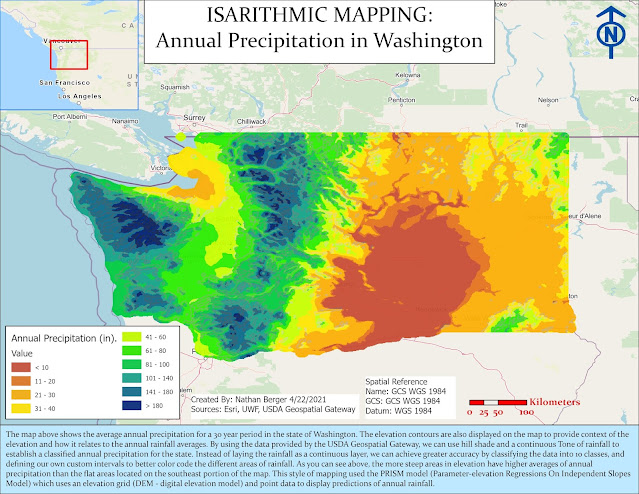LIDAR: Calculating Tree Canopy Distribution
LIDAR: Light Detection & Ranging
So what does that mean exactly?
Today we are going to talk about LIDAR. LIDAR stands for Light Detection & Ranging. It is a collection method in which we can send out beams of light, and then calculate or "detect" the distance of the beam point from the Earth.
As you may know, LIDAR is used for multiple purposes. Tesla cars use it to detect objects in motion in relation to the self driving cars, so that the vehicle knows when to brake or keep driving. The military uses LIDAR as a remote sensing collection platform to build 3D terrain models and construct analysis. LIDAR is use by construction companies, as well as building planners to measure bridges, buildings, tress, and anything that has a height above the ground elevation level.
Look at the examples below of LIDAR datasets...
 |
| Car using LIDAR to detect people and objects |
 |
| LIDAR Example of study area |
Todays post is going to use LIDAR data taken on the Shenandoah National Park located in Virginia. The study area of this analysis is the Big Meadows Area.
 |
| Shenandoah National Park |
This article is going to demonstrate how LIDAR can be used for foresters and engineers to discover the height of a tree canopy in a specific area. The first thing we need to do is get our LIDAR data from a collection platform. The color ramps displays the difference in height values of each point of data known as point cloud data. The red is higher values and the blue is lower values.
Next we will take this LIDAR data and construct the following analysis...
- DEM - calculate the elevation data from the LIDAR dataset by selecting all of the points on the ground layer
- DSM - Calculate the raster of points above the ground by selecting the points above ground level
- Minus (Tree Height) - Subtract the DEM and the DSM to get our tree height values
- Tree Canopy - Code the canopy with binary for 0 as little to no canopy and 1 as tree canopy
- Final Result - As you can see the Map below displays our LAS calculations and conversions to rasters to display the colored areas.




Comments
Post a Comment